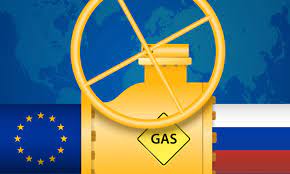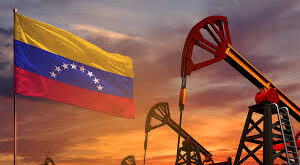European benchmark natural gas prices have dropped from their highest level this year as concerns about a possible halt to Russian pipeline supplies via Ukraine have eased.
The Dutch TTF Natural Gas Futures, the benchmark for Europe’s gas trading, were up by 0.3% as of 11 a.m. local time in Amsterdam on Tuesday, recovering from a 2% drop earlier in the trading session.
However, the front-month price has dropped below $43.70 (40 euros) per megawatt-hour (MWh) this week, after soaring at the end of last week above this threshold – and to a 2024 high – on concerns about additional disruptions to the remaining Russian gas supply transiting Ukraine.
At the end of last week, natural gas flows from Russia to Europe via Ukraine continued despite clashes at the Russia-Ukraine border near the only gas metering station that still sends Russian gas west to Europe.
Unconfirmed reports emerged on Wednesday that Ukraine had seized Sudzha gas metering station in the Russian region of Kursk, a theater of heavy clashes in recent days after Ukrainian troops crossed into Russian territory with tanks and armored vehicles last week.
After the Sokhranivka entry point for Russian gas transit via Ukraine was closed, Gazprom had to divert all the gas it can send to the Sudzha entry point.
Even as the Ukraine-Russia tension escalated with the Ukrainian incursion into Russia’s Kursk region, both sides have signaled they have no intention of interrupting the pipeline gas supply to Europe via Ukraine.
On Monday, European gas prices snapped back after four straight days of rallying, with the TTF front-month futures falling by nearly 2%.
Maintenance on Norway’s gas supply infrastructure and higher Asian spot LNG prices have slowed seasonal builds of natural gas in EU storage in recent weeks.
“But with inventories at 86.7% full, there is limited risk of not reaching desired levels before demand eventually exceeds supply,” Ole Hansen, Head of Commodity Strategy at Saxo Bank, wrote in a note at the end of last week.
“However, any major disruption in the coming months would heighten the need for alternative supplies, primarily via LNG, driving up prices as Europe competes with Asia and South America,” Hansen added.

 Iran Energy News Oil, Gas, Petrochemical and Energy Field Specialized Channel
Iran Energy News Oil, Gas, Petrochemical and Energy Field Specialized Channel



